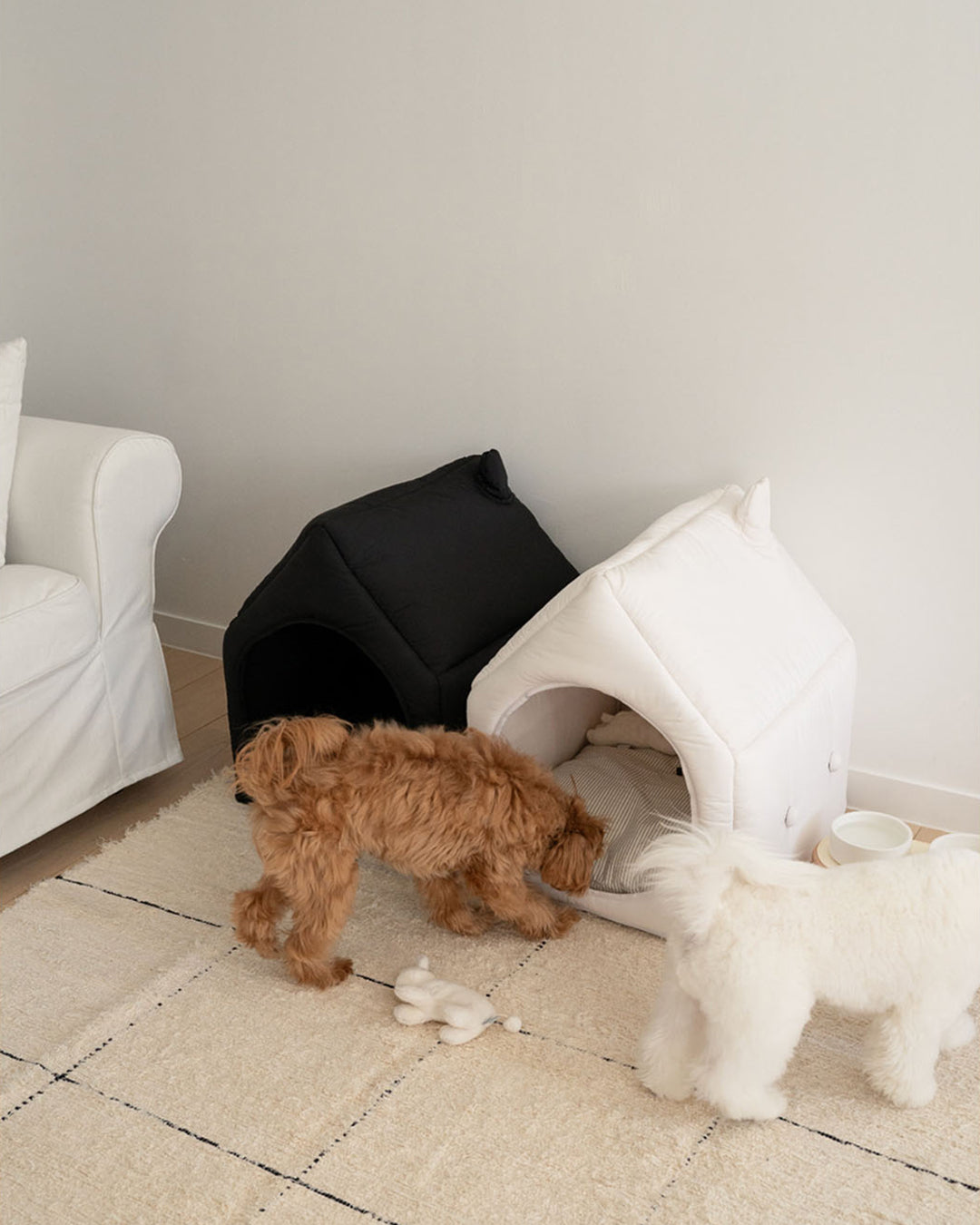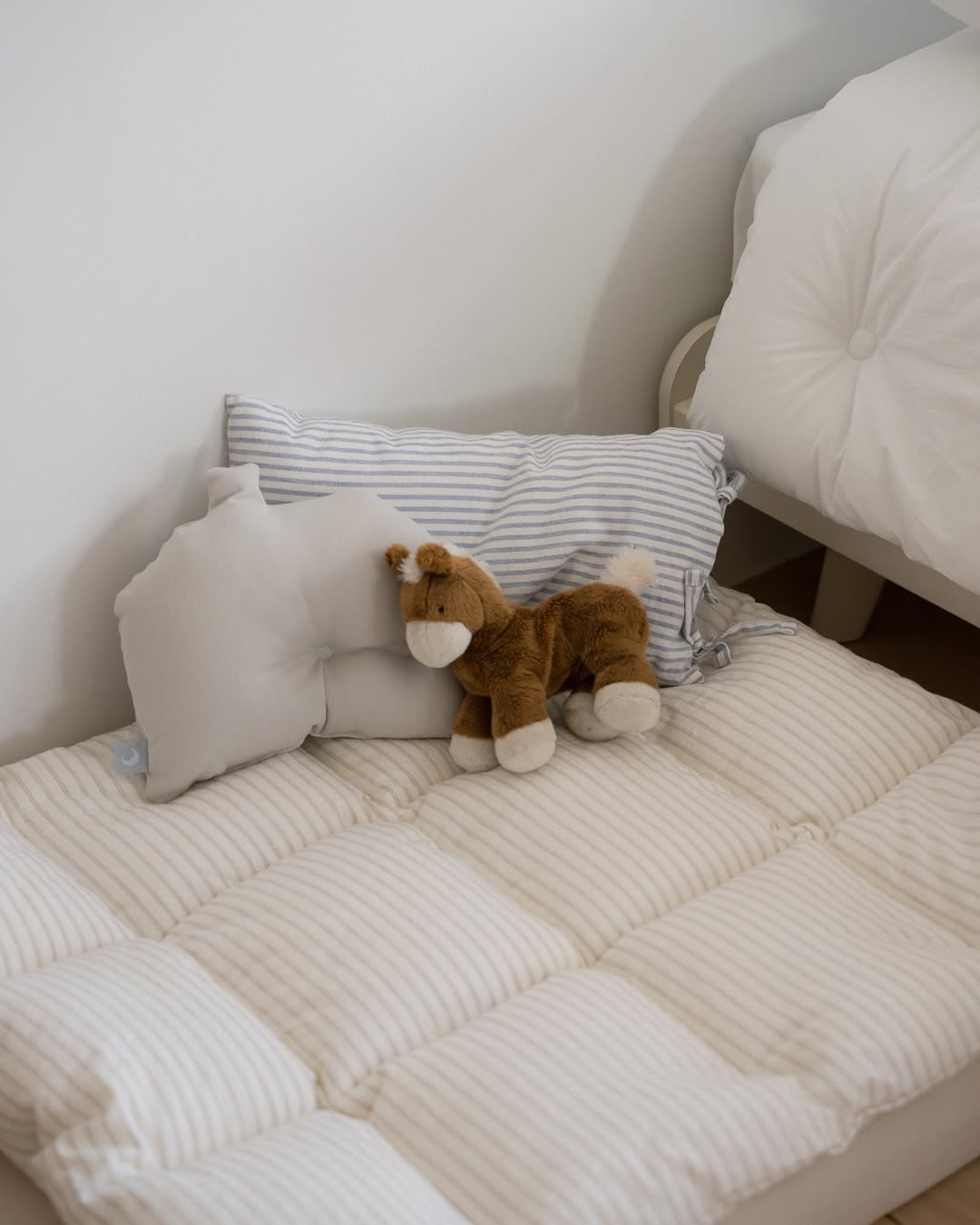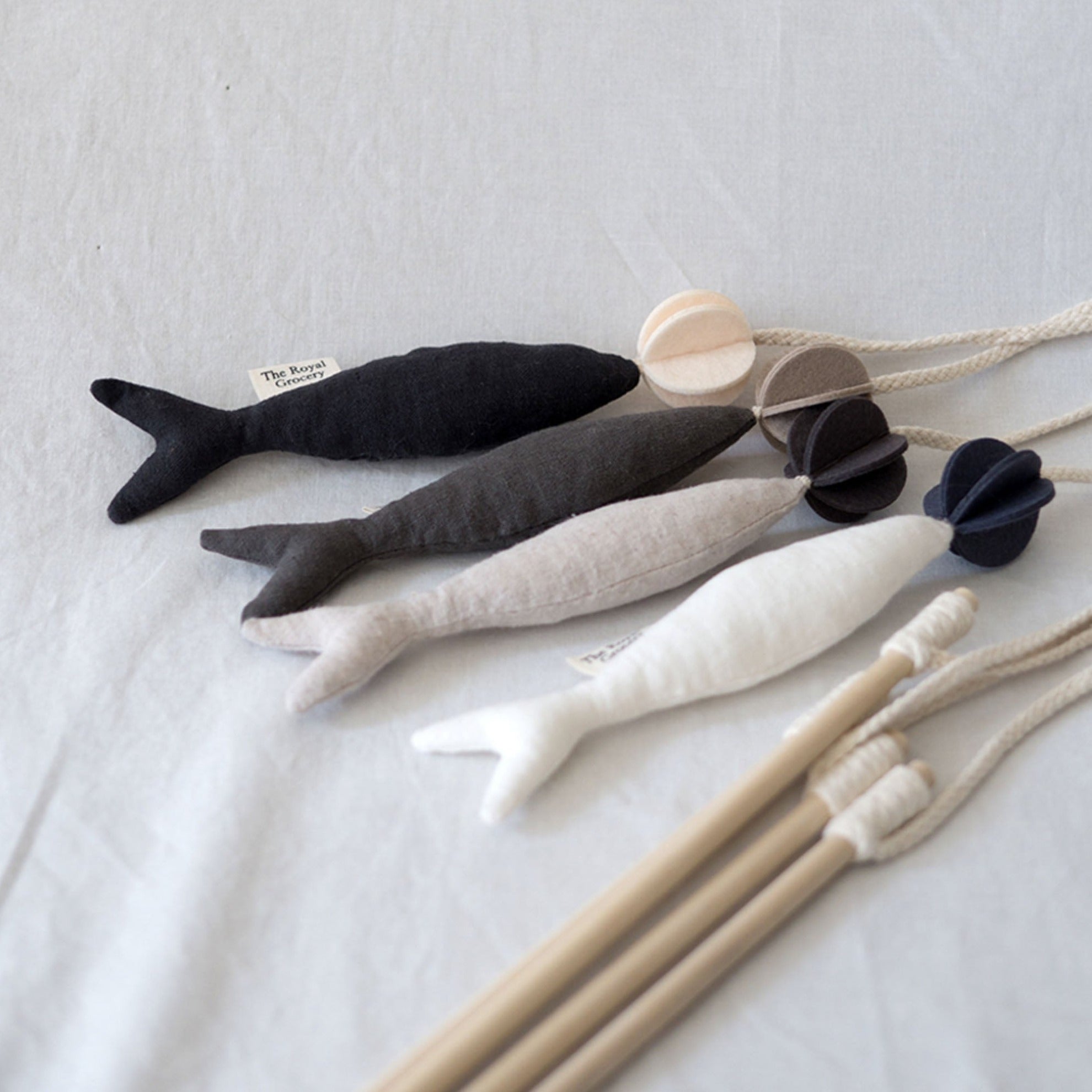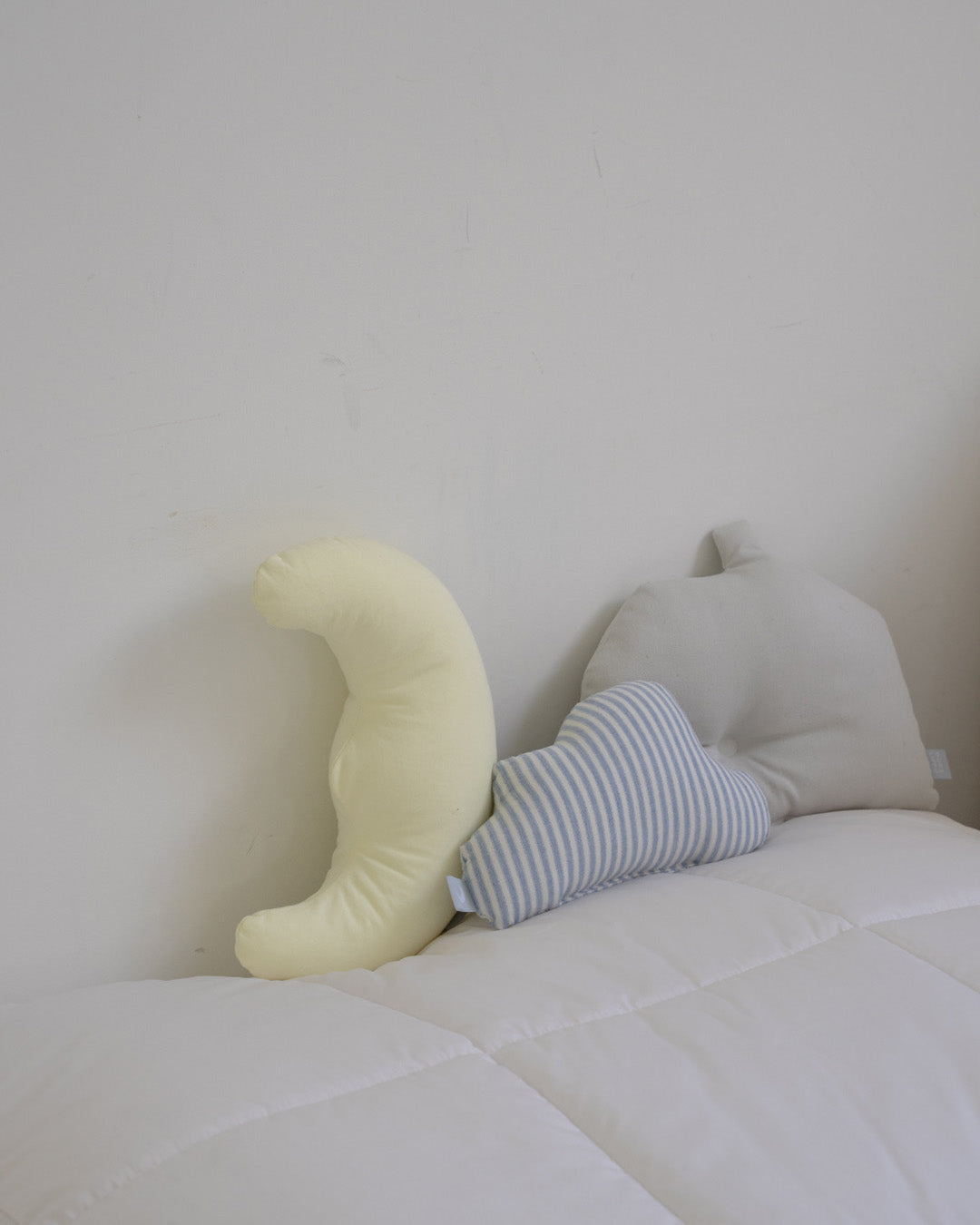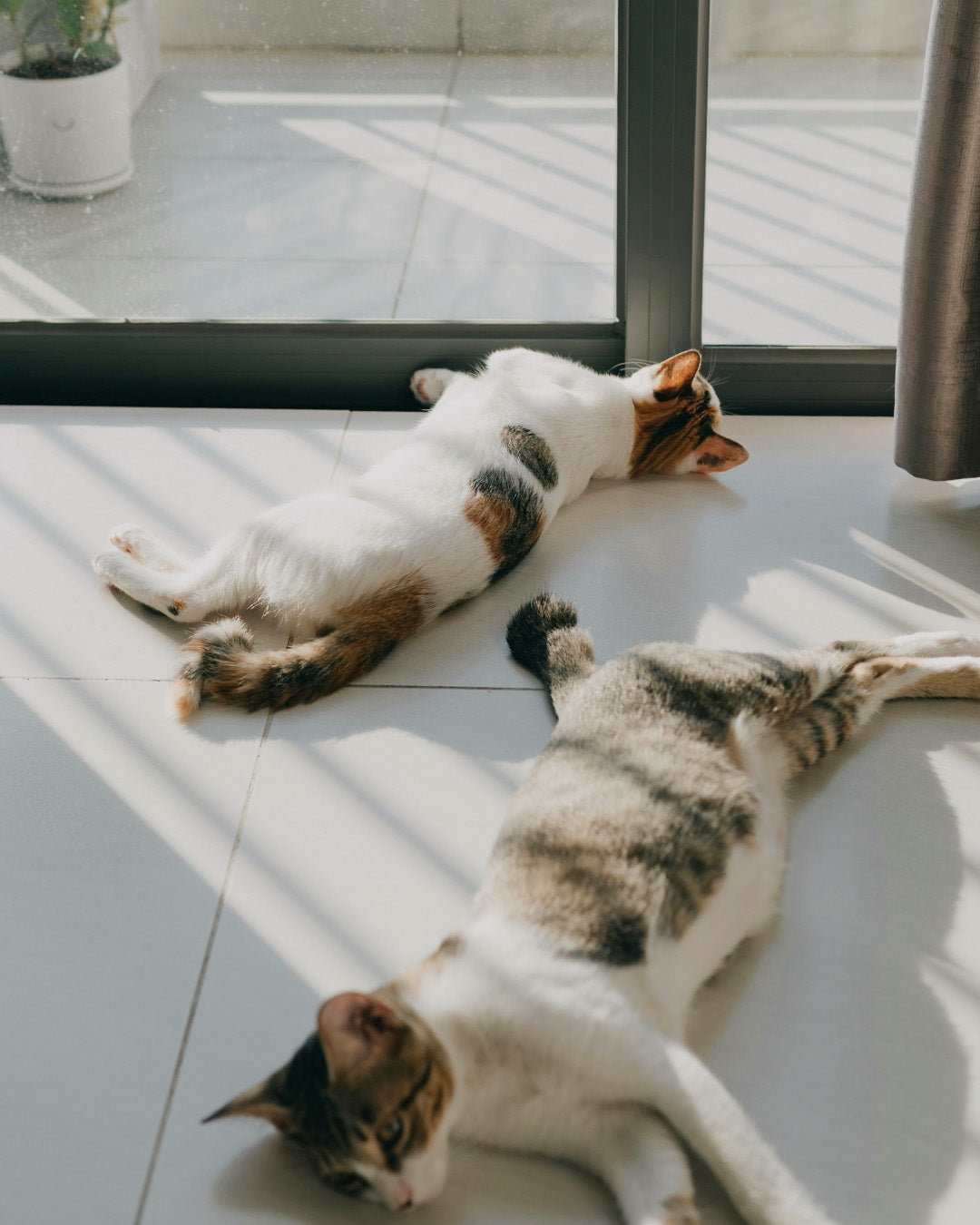Introduction
While cats are often seen as independent and low-maintenance pets, that doesn’t mean they’re immune to boredom. In fact, indoor cats—despite having a safe and climate-controlled environment—can become mentally understimulated if their environment lacks enrichment. Boredom in cats can lead to stress, behavioral issues, and even health problems. As a cat parent, it’s essential to understand the signs of feline boredom and learn how to create an engaging home environment that supports your cat’s physical and emotional needs.
How to Tell if Your Cat is Bored

Overgrooming or Excessive Scratching
When a cat doesn’t have enough stimulation, they may redirect their energy into repetitive behaviors such as licking their fur excessively or clawing at furniture. This behavior is often mistaken for grooming or scratching habits, but it can signal stress or anxiety.
Zoomies or Hyperactivity
Does your cat suddenly dart around the house with no apparent reason? While occasional zoomies are normal, frequent episodes—especially paired with vocalization—can indicate excess energy that’s not being released through meaningful activity.
Destructive Behavior
If your cat is chewing on cords, tearing through curtains, or knocking things off shelves, it might not just be mischievous behavior—it could be boredom. Cats need mental challenges to stay sharp and engaged, and they’ll create their own fun when nothing else is offered.

Increased Vocalization
Excessive meowing or yowling, especially when you’re home but not engaging with your cat, can be your feline’s way of asking for attention or play. Some cats become more vocal when their routines lack stimulation.
Withdrawal or Depression
Just like humans, some cats respond to boredom by shutting down. If your typically social or playful cat becomes withdrawn or lethargic, it’s time to evaluate whether their environment is offering enough excitement.
Easy Ways to Keep Indoor Cats Stimulated

Rotate Toys to Keep Them Fresh
Cats can lose interest in toys quickly, so instead of having everything out at once, rotate their toys weekly. Introducing a forgotten favorite can reignite their excitement. Try versatile toys like the Fish and Chews, which combines natural textures and catnip for multi-sensory stimulation.
Schedule Interactive Play Sessions
Set aside at least 10–15 minutes twice a day to engage with your cat using wand toys, feather teasers, or small plush toys like the Dal Toki with Catnip. These sessions mimic the hunting process and help burn mental and physical energy.
Create Resting and Observation Zones
Cats love to watch the world go by. Setting up a perch near a window or using cozy spaces like the Corner House or Sleep Bag provides your cat with a secure place to relax while still observing their surroundings.
Offer Food-Based Enrichment
Use puzzle feeders, scatter treats around the house, or hide dry kibble inside toys to encourage foraging behavior. These small changes challenge your cat and add excitement to their daily routine.
Add Vertical and Hidden Spaces
Even if you don’t have a large home, vertical options like shelves or multi-level beds can create more exploration opportunities. Hideouts or tents also allow your cat to feel secure and add variety to their space.
Final Thoughts

Just because a cat lives indoors doesn’t mean their world has to be boring. With a little creativity and intention, you can offer your cat a home that is rich with stimulation, comfort, and opportunity. Paying attention to behavioral cues and making small environmental changes can greatly improve your cat’s quality of life—and deepen the bond you share with them.
Share
Read more

Should Dogs Be Allowed to Jump on Furniture?
Introduction Many dog owners love seeing their furry friends curled up on the sofa or greeting them with excitement on the bed. But is jumping on furniture really safe for your dog? While a couch o...

Why Hiding Spaces Matter for Cats
Introduction If you’ve ever found your cat curled up inside a cardboard box, under the bed, or tucked behind the couch, you’ve witnessed a feline instinct in action. Hiding isn’t a sign of fear or...



